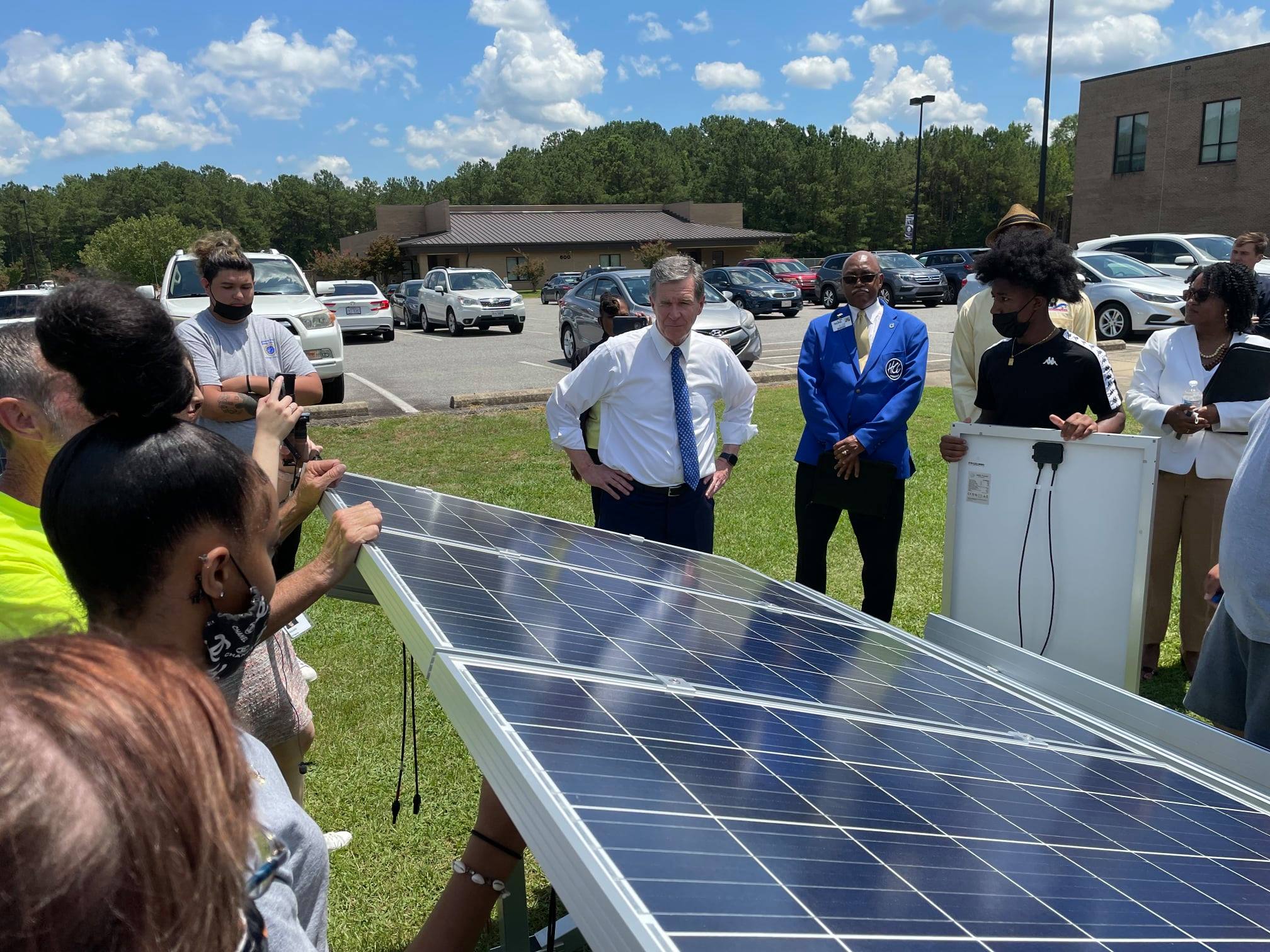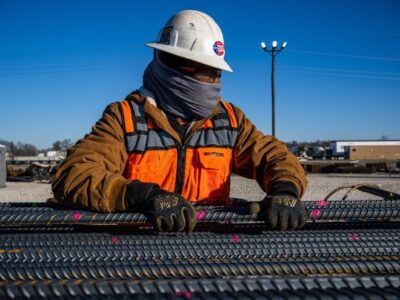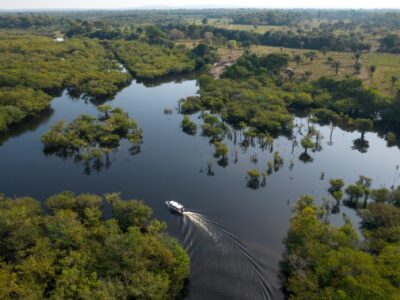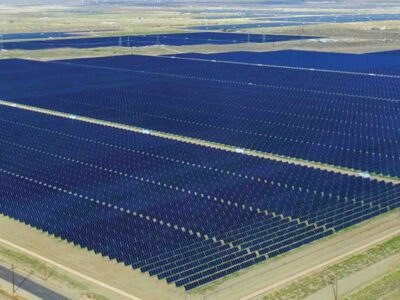Like many states down South, North Carolina has seen massive growth in its clean energy economy in recent years. Manufacturers from the solar, wind, electric vehicle (EV), battery storage, and related industries continue to pour money into the Tar Heel State, making it one of the hottest markets in the country for clean energy investments.
Even before the most recent year, North Carolina has led the country as an acknowledged leader in clean energy innovation. “Proud of our work in NC to be a leader in promoting renewable energy. We must promote market-driven solutions to increase sustainability and investment in clean energy,” U.S. Sen. Thom Tillis shared in 2021.
According to a December press release from the N.C. Department of Commerce, since 2020, North Carolina has announced $42.3 billion worth of clean energy investments expected to create more than 67,000 jobs.
In the last year alone, North Carolina Gov. Roy Cooper announced 14,114 new clean energy jobs in the state. These jobs represent a combined 134 business recruitment, expansion, or rural development projects in partnership with the Commerce Department. These projects are expected to inject about $13 billion of capital investment into the state.
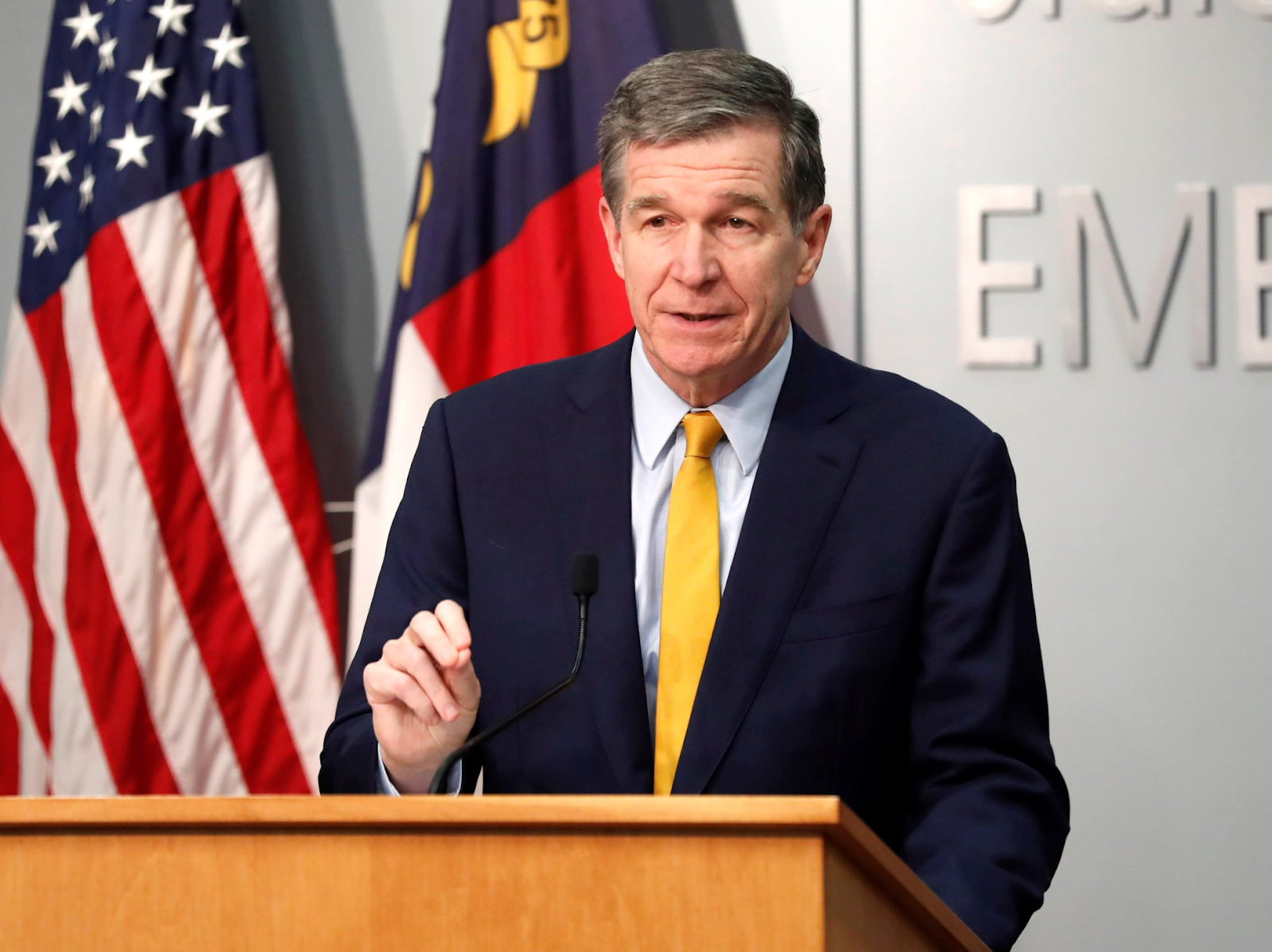
Photo Courtesy Governor Roy Cooper
“North Carolina has seen historic economic growth and development in the last few years, including our rural areas, thanks to our great workforce and major investments from companies across the globe,” Cooper said in a statement.
Clean energy investments in North Carolina are part of a broader trend that has turned the Southeast into a hub of renewables projects.
Business Insider reported companies in the Southeast that manufacture solar panels, electric vehicles, and battery storage are building facilities that might require as many as 40,000 workers.
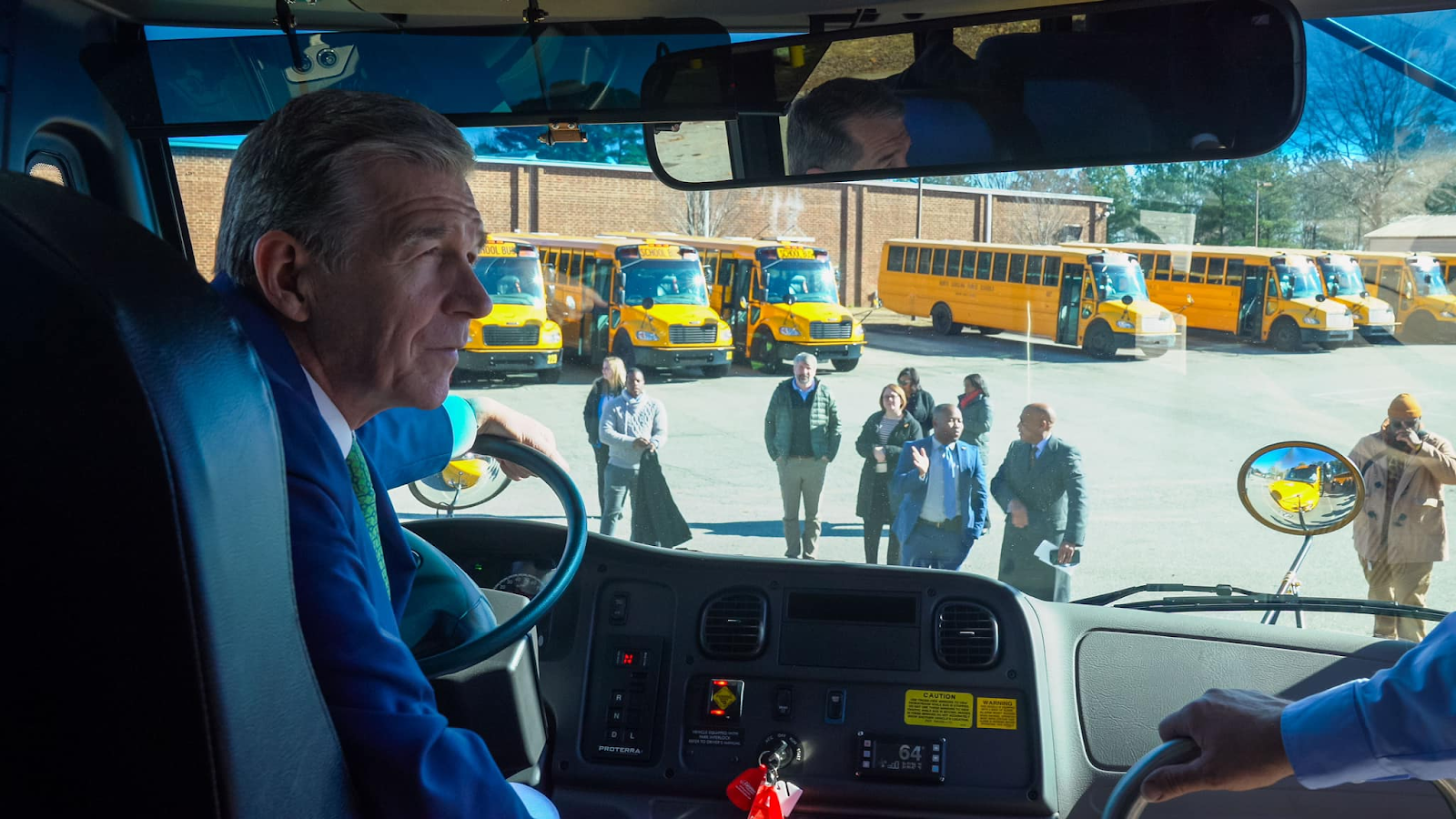
Photo Courtesy Governor Roy Cooper
In North Carolina, clean energy projects come in many different forms and span a range of end markets. An example came in January when the North Carolina Utilities Commission (NCUC) approved Duke Energy’s PowerPair program, which aims to provide clean power sources to more homes. The NCUC estimates that the incentives would cover 13% of solar and battery installation costs, WSOC-TV reported. Federal incentives from the Inflation Reduction Act could cover an additional 30% in tax credits.
North Carolina is also ramping up its offshore wind industry. As The Business Download previously reported, Cooper signed Executive Order No. 218 in 2021 that established a pair of offshore wind development goals: 2.8 gigawatts off the shoreline by 2030 and 8.0 GW by 2040. Cooper’s office estimates that achieving these goals would power about 2.3 million homes statewide by 2040 and create thousands of clean energy jobs.
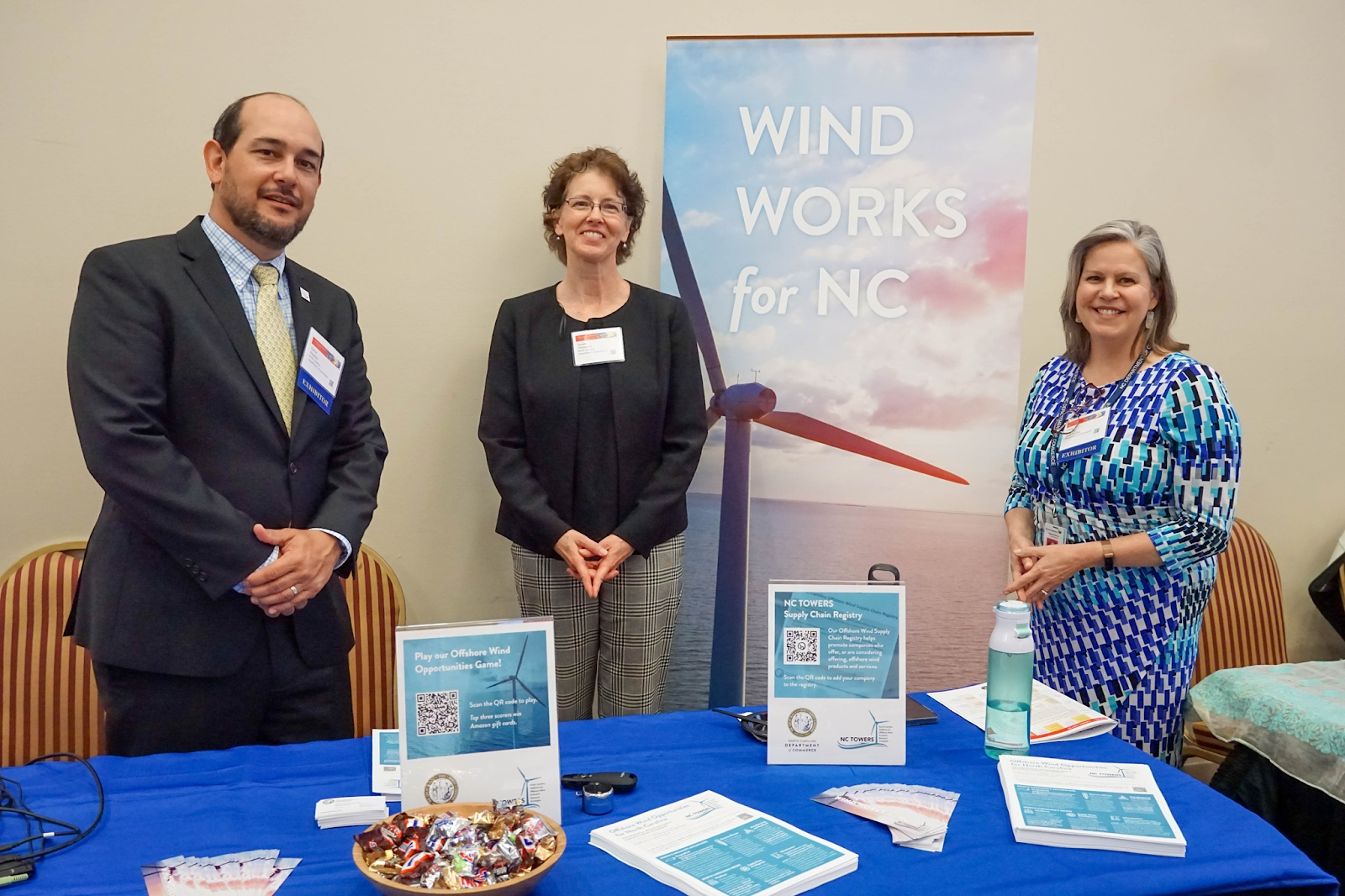
Photo Courtesy North Carolina Department of Commerce
According to the Commerce Department, top projects for 2023 include the following, ranked by the number of jobs created:
- Toyota decided to expand its job creation and investment targets for its Randolph County EV battery manufacturing plant. The company will create an additional 3,000 jobs and infuse another 8 billion into the project, bringing its total to 5,100 new jobs with a capital investment of $13.9 billion.
- Kempower decided to locate a manufacturing facility in Durham County to build charging stations for EVs, investing $41 million and creating 601 jobs.
- Epsilon Advanced Materials selected Brunswick County for its first U.S. manufacturing site to produce synthetic graphite for batteries, creating 500 jobs with a $649.9 million investment.
- Siemens Mobility selected Davidson County for its East Coast facility to manufacture passenger rail cars, creating 500 jobs with a $220 million investment.
Most of the economic development projects in 2023 were located or expanded in “rural or economically distressed areas,” according to the Commerce Department.
Rural development grants managed by the agency’s Rural Economic Development Division supported projects involving 1,753 new jobs and private sector investment of $423.7 million.
Meanwhile, the Commerce Department’s Rural Infrastructure Authority awarded $21.3 million in rural grant funding during its meetings in February, April, June, August, October, and December.

